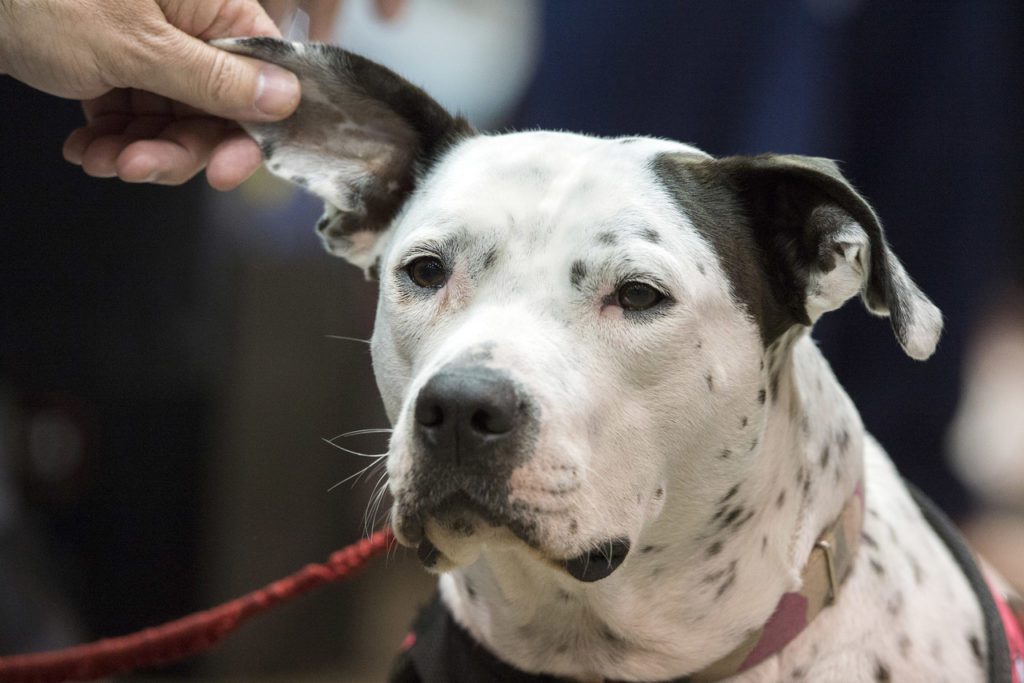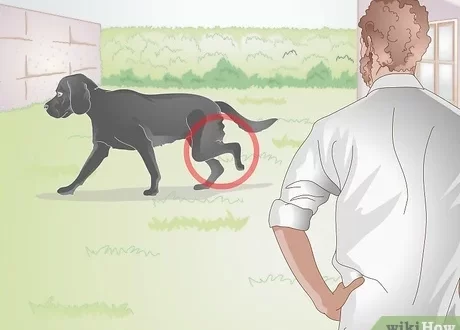
PTSD in dogs
You have probably heard of post-traumatic stress disorder (PTSD) in humans. But did you know that it also occurs in dogs? This happens when a dog is going through a traumatic experience (psychological trauma).

Contents
Causes of Psychological Trauma in Dogs
- Disaster.
- The situation when a domestic dog is homeless.
- Loss of owner.
- Physical or psychological abuse.
- Serious physical injury.
- Problems in relationships with relatives (for example, a violent fight with other dogs).
Signs of PTSD in dogs
PTSD is not always easy to distinguish from other anxiety disorders in dogs. For example, the following features are common to both PTSD and separation anxiety:
- Uncleanliness (puddles and heaps of the house).
- Howling, barking or whining.
- Destructive behavior (spoiling of things).
A dog with PTSD may also show signs of stress:
- Curled tail.
- Pricked ears.
- Hard breath.
- Fall to the ground.
Other signs of PTSD in dogs may include:
- Timidity.
- Sudden outbursts of aggression.
- Depression.
- Excessive vigilance.
How to help your dog deal with PTSD
As a rule, work with dogs suffering from psychological trauma includes desensitization. This reduces the dog’s sensitivity to frightening things. For example, if a dog is afraid of some sound, then at first it sounds very quiet, and the dog is encouraged with a treat. Then gradually the volume of the sound is increased, and the dog is fed while he remains calm. The goal is to associate the frightening sound (trigger) with the treat, not with the injury.
Daily activities, specially selected games and training with positive reinforcement also help.
Correction can go on for weeks or even years. PTSD is difficult to treat, but you can improve your dog’s quality of life and make him happier.





